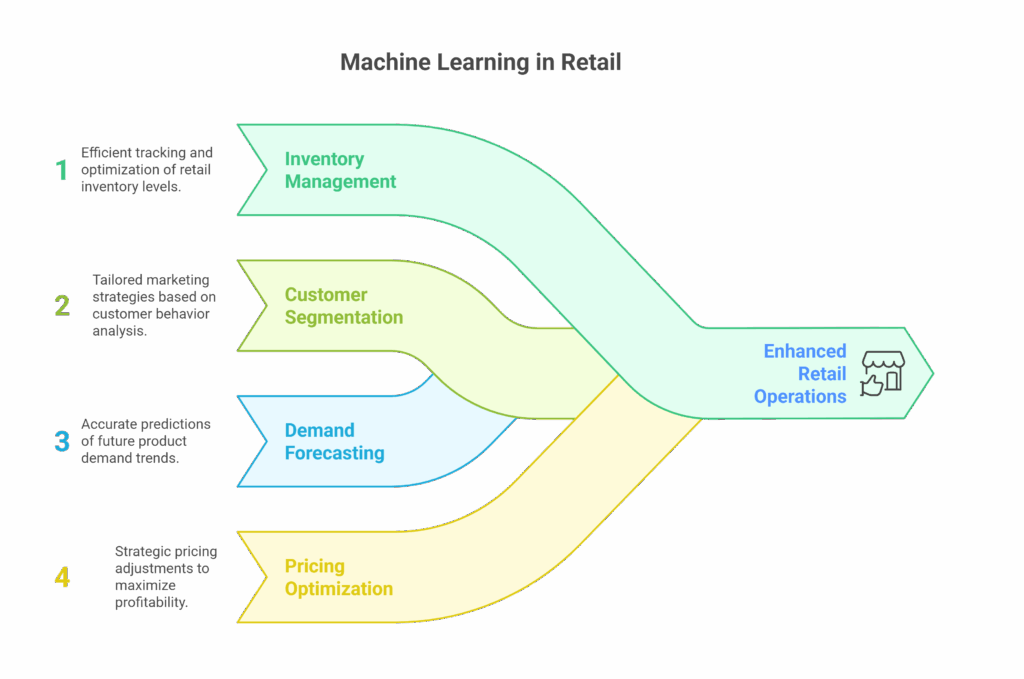Machine Learning: A Practical Guide for Aspiring Data Scientists
Deep Learning
Deep Learning is a subfield of Machine Learning that focuses on using artificial neural networks to learn and model complex patterns in data. Deep Learning has gained popularity due to its ability to automatically learn feature representations from raw data, eliminating the need for handcrafted features. It has demonstrated exceptional performance in various tasks, such as image recognition, natural language processing, and speech recognition.
Introduction to Neural Networks
Neural Networks are computational models inspired by the human brain’s structure and functioning. They consist of interconnected artificial neurons organized into layers. Each neuron receives input, processes it using an activation function, and produces an output that becomes input to the next layer. The neural network learns from data by adjusting the connection weights between neurons to minimize the prediction error.
Here’s a simple example of a feedforward neural network in Python using the Keras library:
# Importing the required libraries import numpy as np from keras.models import Sequential from keras.layers import Dense # Sample data X = np.array([[0, 0], [0, 1], [1, 0], [1, 1]]) y = np.array([[0], [1], [1], [0]]) # Create a Sequential model model = Sequential() # Add input layer with 2 input nodes and 2 hidden layers with 2 nodes each model.add(Dense(2, input_dim=2, activation='relu')) model.add(Dense(2, activation='relu')) # Add output layer with 1 node model.add(Dense(1, activation='sigmoid')) # Compile the model model.compile(loss='binary_crossentropy', optimizer='adam', metrics=['accuracy']) # Train the model model.fit(X, y, epochs=1000, batch_size=1) # Make predictions predictions = model.predict(X) print(predictions)
In the code above, we create a simple feedforward neural network using the Keras library. The neural network has an input layer with two input nodes, two hidden layers with two nodes each, and an output layer with one node. We use the ‘relu’ activation function for the hidden layers and the ‘sigmoid’ activation function for the output layer. The model is trained on the XOR problem and makes predictions for the input data.
Convolutional Neural Networks (CNN)
Convolutional Neural Networks (CNNs) are a specialized type of neural network designed to process grid-like data, such as images. They consist of convolutional layers, pooling layers, and fully connected layers. CNNs leverage convolutions to detect patterns and features in the input data and use pooling to reduce the spatial dimensions.
CNNs have achieved remarkable success in computer vision tasks, such as object detection, image classification, and image segmentation.


